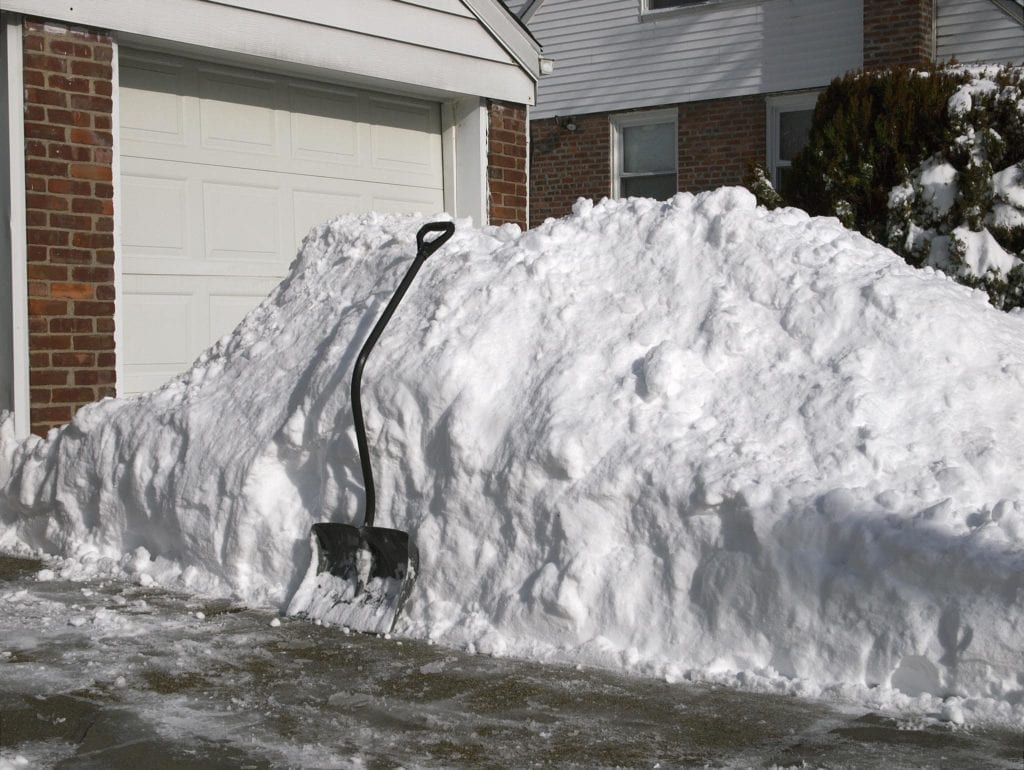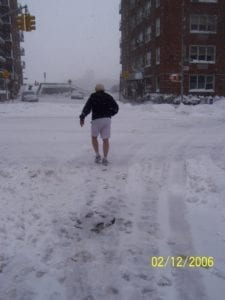Holiday decorations have been up for weeks, cars are frosty in the mornings, and we have already gotten our first flakes of snow. Winter is right around the corner, and that brings specific hazards to prepare for. With a little forethought and strong relationships between neighbors, your community can be safe and prepared when a winter wonderland turns into something not so wonderful.
One potentially dangerous aspect of winter weather is the cold. Frostbite, which occurs when the body’s cells freeze, typically on the extremities, and hypothermia, which is when the body’s temperature gets too low, can both be serious threats if you are not prepared for conditions outside. It may seem like common sense to wear layers and warm clothes when you know you will be outside, but some of the most risky situations can occur when one is unexpectedly caught unprepared – for example if your car breaks down and you are stuck outdoors, or the temperature drops in the evening after being relatively mild during the day.
The ice, sleet, snow, and wind that come with winter storms present other hazards. Snow and ice storms can result in dangerous road conditions, with the Federal Highway Administration reporting that the risk of accidents spikes in snowy, slushy, or icy conditions, resulting in more than half a million vehicle crashes. Winter storms also bring power outages, downed trees, and more, which raise the risk of car accidents, carbon monoxide poisoning, heart attacks from overexertion, and frostbite and hypothermia as described above.
So how can we stay safe and warm (or at least warmer) through the winter? Consider taking the following steps:
- Sign up for local alerts/warnings.
- Limit your time outside and dress in layers – avoid exposed skin, especially on the extremities.
In the car:
- Stay off the roads in the case of winter weather, if you must drive, drive slowly.
- Drive with a survival kit that has items like blankets, food, flashlights, and sand for tire traction. See https://www.ready.gov/car for a full list of what your kit should include.
- Know what to do if your car gets stuck during a storm. Stay in the vehicle running the motor for about 10 minutes each hour for heat. Be sure to clear snow from the exhaust pipe to avoid gas poisoning and open the window a crack when running the car to prevent carbon monoxide poisoning. Turn on the dome light when running the engine and tie a bright cloth to the car to be visible to rescuers.
In your home:
- Winterize – insulate pipes to prevent them from freezing and bursting, seal drafty windows and doors, ensure you have carbon monoxide detectors and that the batteries have been changed recently.
- Practice fire safety when using space heaters, fireplaces, candles, holiday lights, etc. Be sure to have fire extinguishers in easily accessible places in addition to working smoke detectors.
- Should you lose power and/or heat, know where the nearest warming station is, be prepared with warm, layered clothing, and never run a generator or charcoal grill indoors. Have an emergency kit and plan in place before a storm hits.
Resources
- Go to weather.gov and enter your zip code to check the National Weather Service weather forecasts. The NWS Weather Prediction Center also provides winter weather forecasts, including the probability of snow and freezing rain in the coming week.
- https://www.weather.gov/safety/winter (available in English and Spanish)
- https://www.ready.gov/winter-weather (available in English and Spanish)
- Fact sheet on winterizing your home from FEMA
- How to Prepare for a Winter Storm from FEMA


